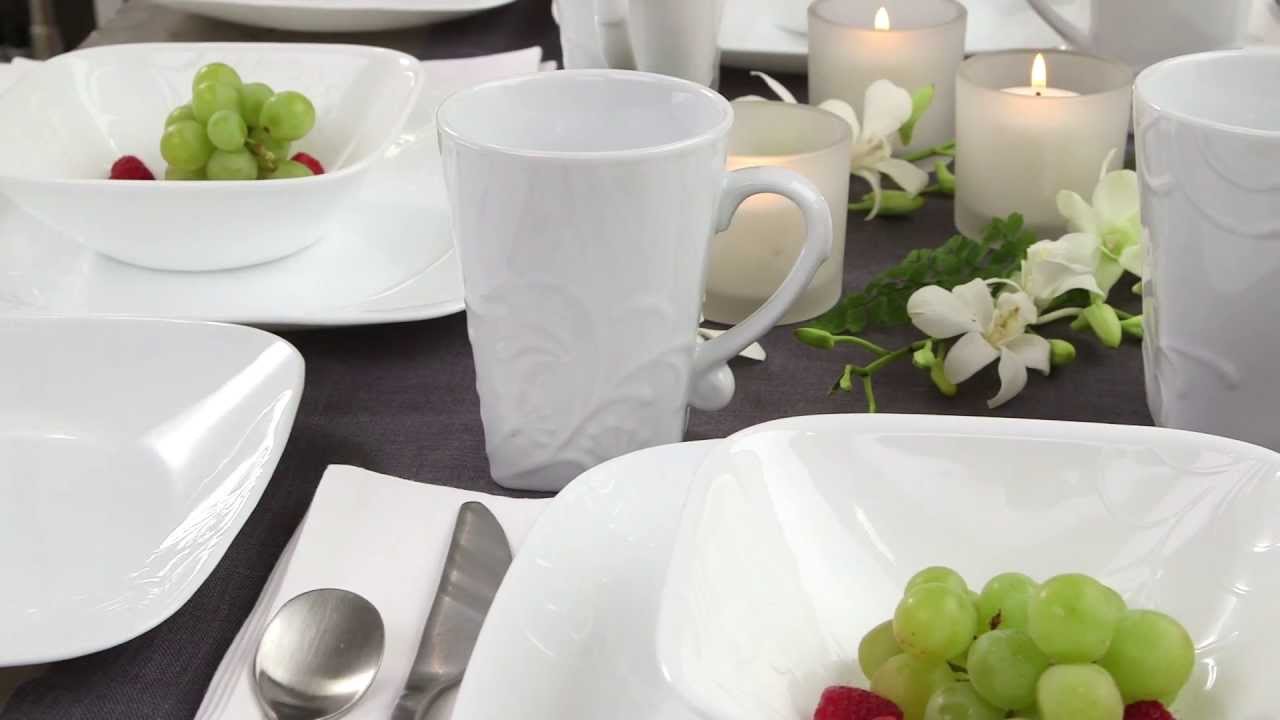

Tableware
What Is Dinnerware?
Modified: October 28, 2024
Discover the meaning and importance of dinnerware or tableware, and explore the different types and styles available for creating a perfect dining experience.
(Many of the links in this article redirect to a specific reviewed product. Your purchase of these products through affiliate links helps to generate commission for Storables.com, at no extra cost. Learn more)
Introduction
Welcome to the wonderful world of dinnerware! Whether you’re a seasoned home cook, an enthusiastic entertainer, or simply someone who appreciates a beautifully set table, understanding the importance of quality tableware is essential. Dinnerware is more than just plates and bowls; it plays a significant role in enhancing the dining experience and elevating the overall ambiance of a meal.
In this article, we will delve into the world of dinnerware, exploring its definition, different types, materials used, popular brands, and the factors to consider when choosing the perfect set for your needs. We will also provide valuable insights on how to care for and maintain your dinnerware, ensuring its longevity and maintaining its beauty.
So, let’s embark on this culinary journey, where table settings and gastronomy meet, and discover the intricate world of dinnerware.
Key Takeaways:
- Elevate your dining experience with the right dinnerware set that complements your style and enhances the ambiance of every meal, from casual gatherings to formal dinner parties.
- Care for your dinnerware to preserve its beauty and functionality for years to come. Follow simple guidelines for washing, storing, and handling to maintain the quality of your cherished dinnerware sets.
Read more: What Is The Most Durable Dinnerware?
Definition of Dinnerware
Dinnerware, also known as tableware, refers to the dishes, utensils, and accessories used for serving and consuming meals. It encompasses a range of items, including plates, bowls, cups, saucers, serving dishes, and cutlery. The purpose of dinnerware extends beyond its functionality; it also adds aesthetic value to the dining experience and reflects personal style and taste.
Dinnerware sets typically include a combination of different pieces, designed for specific purposes. For example, a basic dinnerware set may consist of dinner plates, salad plates, soup bowls, and mugs. Additional items such as serving platters, gravy boats, and butter dishes are available for those who love to entertain or have larger gatherings.
It’s important to note that dinnerware can vary based on cultural traditions, regional preferences, and individual needs. For instance, certain cultures may have specific designs or shapes that hold symbolic significance, while others may prioritize durability and practicality.
Overall, dinnerware serves as a crucial element in setting the tone and atmosphere of a meal. Whether it’s a casual gathering or a formal dinner party, the choice of dinnerware can enhance the overall aesthetic appeal and elevate the dining experience for both the host and the guests.
Types of Dinnerware
When you set your table, it’s important to consider the variety of dinnerware types available, each with its own unique style and purpose. Understanding these differences can help you select the right dinnerware set that not only suits your needs but also complements your dining style. Here are some commonly found types of dinnerware:
- Bone China: Bone china is known for its exquisite beauty and delicate appearance. It is made from a combination of bone ash, kaolin clay, and feldspar. Bone china is translucent, lightweight, and often features intricate designs. It is considered the highest quality dinnerware and is often used for formal dining occasions.
- Porcelain: Porcelain is a type of ceramic dinnerware that is fired at high temperatures, resulting in a delicate, smooth, and durable material. Porcelain dinnerware is known for its elegance and versatility, making it suitable for casual and formal dining. It is often white or off-white in color and can feature various patterns and designs.
- Stoneware: Stoneware is a durable and versatile option that is ideal for everyday use. It is made from clay that is fired at high temperatures, resulting in a hard and non-porous material. Stoneware dinnerware can range from rustic and earthy to modern and contemporary designs. It is often available in a variety of colors, patterns, and finishes.
- Earthenware: Earthenware is made from clay that is fired at lower temperatures compared to stoneware or porcelain. It has a rustic and handmade appearance and is more susceptible to chipping and cracking. Earthenware dinnerware often features colorful, hand-painted designs, making it a popular choice for casual and eclectic dining settings.
- Melamine: Melamine dinnerware is made from melamine resin, a durable thermosetting plastic. It is lightweight, break-resistant, and suitable for outdoor dining or casual gatherings. Melamine dinnerware comes in a wide range of designs, colors, and patterns, making it a popular choice for picnics, barbecues, and children’s meals.
Each type of dinnerware has its own unique characteristics, so it’s important to consider factors such as durability, style, and functionality when choosing the right type for your needs.
Materials Used in Dinnerware
Dinnerware is made from various materials, each with its own distinct characteristics and qualities. The choice of material can affect the appearance, durability, and functionality of the dinnerware set. Here are some commonly used materials in dinnerware:
- Porcelain: Porcelain is a type of ceramic dinnerware that is made from a mixture of clay, feldspar, and quartz. It is fired at high temperatures, resulting in a durable and non-porous material. Porcelain dinnerware is known for its elegant and delicate appearance, as well as its ability to withstand high temperatures. It is microwave-safe, dishwasher-safe, and chip-resistant.
- Stoneware: Stoneware is a type of ceramic dinnerware that is made from clay fired at high temperatures. It has a dense and durable composition, making it resistant to chipping and breaking. Stoneware dinnerware often has a natural and rustic appearance, with various glazes and finishes available. It is known for retaining heat well and can be used in the microwave and dishwasher.
- Earthenware: Earthenware is made from clay that is fired at lower temperatures compared to porcelain or stoneware. It has a porous composition and is often coated with a glaze to make it more resistant to staining. Earthenware dinnerware tends to have a more traditional and rustic look and is suitable for casual dining. It is not microwave-safe and should be hand-washed to maintain its integrity.
- Bone China: Bone china is a type of porcelain dinnerware that contains bone ash, giving it a unique translucency and superior strength. It is known for its delicate appearance, lightweight feel, and resistance to chipping. Bone china dinnerware is often used for formal occasions and is dishwasher-safe.
- Melamine: Melamine dinnerware is made from melamine resin, a type of plastic. It is lightweight, durable, and resistant to breakage, making it ideal for outdoor dining or casual use. Melamine dinnerware comes in a wide range of colors and designs and is often dishwasher-safe.
When choosing dinnerware, consider your lifestyle, preferences, and intended use to select the material that best suits your needs. Whether you prefer the elegance of porcelain, the rustic charm of stoneware, or the durability of melamine, there is a material that will enhance your dining experience.
When choosing dinnerware, consider the material, style, and durability. Porcelain and bone china are elegant but delicate, while stoneware and melamine are more durable for everyday use. Match the style to your dining aesthetic for a cohesive look.
Popular Brands of Dinnerware
When it comes to choosing dinnerware, there are several reputable brands that are known for their quality, craftsmanship, and design. These brands offer a wide range of options to suit different styles and preferences. Here are some popular brands of dinnerware:
- Wedgwood: Wedgwood is a well-established British brand that has been producing fine dinnerware since 1759. Known for its timeless elegance and sophisticated designs, Wedgwood offers a wide range of collections, ranging from classic to contemporary styles.
- Lenox: Lenox is an American brand that has been crafting exquisite dinnerware since 1889. With a reputation for quality and craftsmanship, Lenox offers a diverse selection of patterns and styles, catering to both formal and casual dining settings.
- Noritake: Noritake is a Japanese brand that has been producing fine porcelain dinnerware since 1904. Renowned for its delicate beauty and attention to detail, Noritake offers a variety of collections that blend traditional Japanese aesthetics with modern designs.
- Villeroy & Boch: Villeroy & Boch is a German brand with a rich heritage in ceramic craftsmanship. Established in 1748, Villeroy & Boch combines traditional craftsmanship with innovative design, offering a wide range of dinnerware collections that cater to various tastes and occasions.
- Mikasa: Mikasa is a global brand that is known for its high-quality dinnerware and tableware products. With a focus on modern and contemporary designs, Mikasa offers a range of collections that are both stylish and functional.
These are just a few examples of the many reputable brands available in the market. It’s important to explore different brands, read customer reviews, and consider your personal preferences and budget when selecting the right dinnerware brand for your needs.
Read more: What To Do With Old Dinnerware
Factors to Consider when Choosing Dinnerware
Choosing the right dinnerware goes beyond selecting a beautiful design or pattern. There are several factors to consider to ensure that your dinnerware meets your needs and enhances your dining experience. Here are some important factors to consider:
- Usage: Consider how you will use the dinnerware. Will it be for everyday meals, special occasions, or both? If you’re looking for everyday dinnerware, opt for durable materials like stoneware or melamine. For special occasions, you may prefer more delicate options like bone china or porcelain.
- Style: Think about your personal style and the overall aesthetic you want to achieve. Are you drawn to classic, traditional designs, or do you prefer modern and contemporary styles? Choose dinnerware that complements your existing table settings and reflects your taste and personality.
- Functionality: Consider the practicality of the dinnerware. Are the pieces microwavable and dishwasher-safe? Do they stack easily for storage? Opt for dinnerware that is convenient to use and maintain to make your everyday life simpler.
- Number of Pieces: Determine how many pieces you need in a dinnerware set. The typical set includes dinner plates, salad plates, bowls, and cups. However, you may want additional serving pieces like platters, gravy boats, or soup tureens for entertaining or larger gatherings.
- Budget: Set a budget for your dinnerware purchase. Dinnerware sets can vary widely in price depending on the brand, material, and design. Determine your budget range and explore options within that range to find the best value for your money.
- Compatibility: Consider how well the dinnerware will integrate with your existing tableware and kitchen decor. If you have specific colors or patterns that you want to coordinate with, look for dinnerware that complements those elements.
By considering these factors, you can make an informed decision when choosing the perfect dinnerware for your needs. Remember that functionality, style, and personal preference should all play a role in your selection process.
Care and Maintenance of Dinnerware
To ensure the longevity and beauty of your dinnerware, proper care and maintenance are essential. By following a few simple guidelines, you can keep your dinnerware in excellent condition for years to come. Here are some tips:
- Washing: Most dinnerware sets are dishwasher-safe. However, it is recommended to check the manufacturer’s instructions to ensure compatibility. If handwashing is required, use a mild dishwashing soap, warm water, and a non-abrasive sponge or cloth. Avoid using harsh scrub brushes or abrasive cleaners that can cause scratches or damage.
- Storing: Store your dinnerware in a safe and organized manner to prevent chipping and scratching. Use dividers or soft padding to separate the pieces and prevent them from rubbing against each other. Avoid stacking too many pieces on top of each other, as this can increase the risk of breakage.
- Avoid Extreme Temperatures: Avoid subjecting your dinnerware to sudden temperature changes. For example, if you take a hot casserole dish directly from the oven, place it on a trivet or heat-resistant mat before placing it on your dinnerware. Similarly, do not place cold dinnerware directly in a hot oven or microwave.
- Handle with Care: When handling your dinnerware, be gentle and avoid unnecessary force or impact. Avoid using metal utensils that can cause scratches on delicate surfaces. Opt for non-abrasive utensils made of wood, silicone, or plastic.
- Stain Prevention: Some foods and beverages can leave stains or marks on dinnerware. To prevent this, rinse your dinnerware immediately after each use to remove any food residue. For stubborn stains, soak the affected pieces in warm water with a gentle dishwashing detergent before washing.
- Regular Inspections: Regularly inspect your dinnerware for any signs of damage or wear. This includes checking for chips, cracks, or glaze imperfections. If you notice any issues, discontinue use of the affected piece to prevent further damage.
By following these care and maintenance practices, you can keep your dinnerware looking beautiful and functional for many years. Remember, proper care is the key to preserving the quality and longevity of your cherished dinnerware sets.
Conclusion
Dinnerware is not just a collection of plates and bowls; it’s an essential part of creating a memorable dining experience. Whether you’re hosting a formal dinner party, enjoying a casual meal with family and friends, or simply indulging in a solo culinary adventure, the right dinnerware can enhance the ambiance and elevate the enjoyment of the food.
In this article, we explored the world of dinnerware, examining its definition, various types, materials used, popular brands, and factors to consider when choosing the perfect set. We also provided valuable tips on how to care for and maintain your dinnerware to ensure its longevity and visual appeal.
When choosing dinnerware, it’s important to consider factors such as usage, style, functionality, and budget. Whether you prefer the elegance of bone china, the durability of stoneware, or the practicality of melamine, there is a diverse range of options available to suit every taste and need.
By taking proper care of your dinnerware and following recommended guidelines for washing, storing, and handling, you can preserve its beauty and functionality for years to come. Regular inspections and prompt attention to any damage or wear will help maintain the quality of your dinnerware set.
Remember, dinnerware is not just about serving food; it’s about creating an atmosphere, expressing personal style, and making lasting memories. So, take the time to choose dinnerware that reflects your taste and enhances your dining experience.
Investing in high-quality dinnerware that suits your needs and preferences will not only elevate your meals but also bring a touch of elegance and beauty to your table. So, go ahead and embark on this delightful journey of selecting the perfect dinnerware that will transform your dining experiences into truly remarkable occasions.
Frequently Asked Questions about What Is Dinnerware?
Was this page helpful?
At Storables.com, we guarantee accurate and reliable information. Our content, validated by Expert Board Contributors, is crafted following stringent Editorial Policies. We're committed to providing you with well-researched, expert-backed insights for all your informational needs.

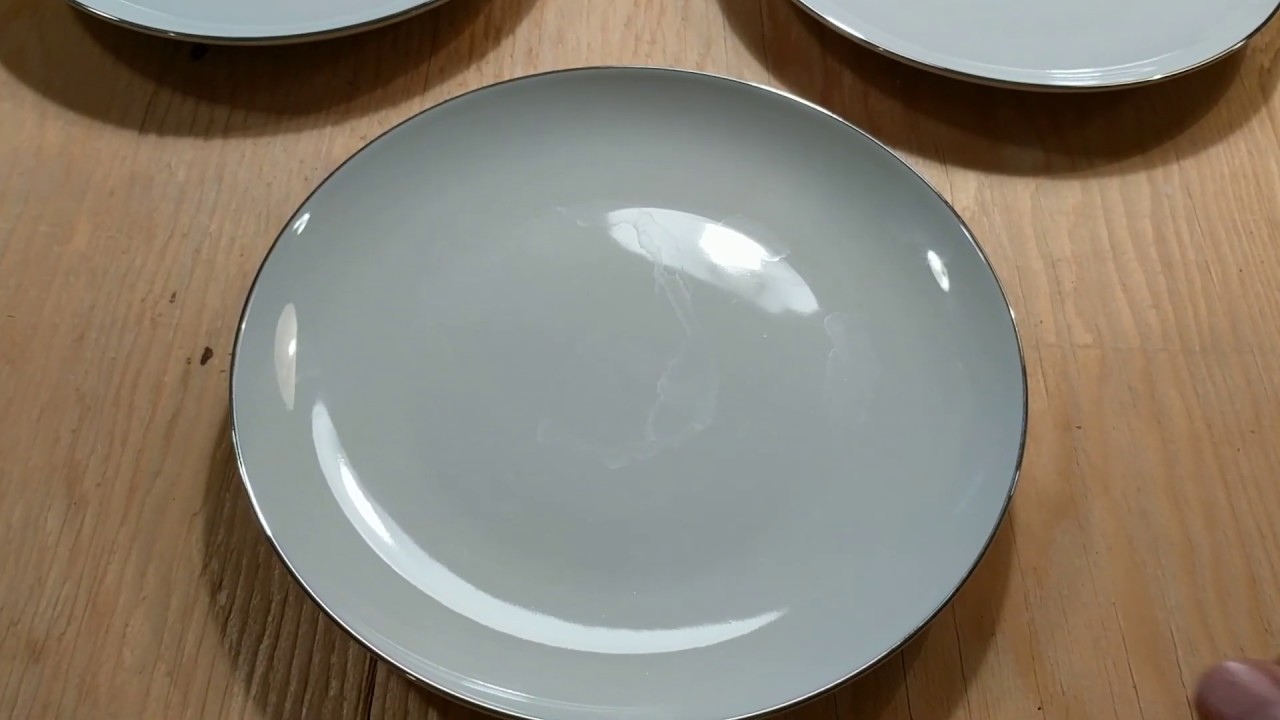
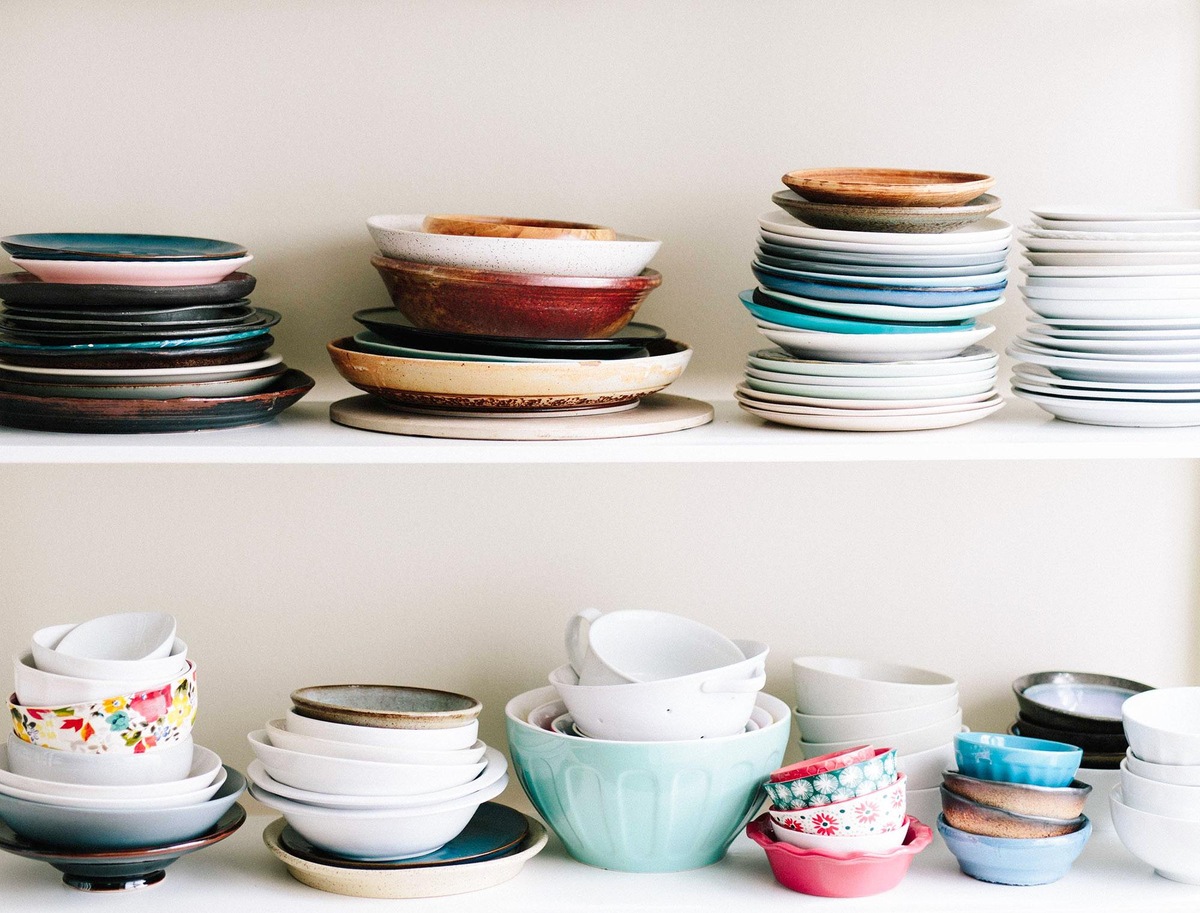
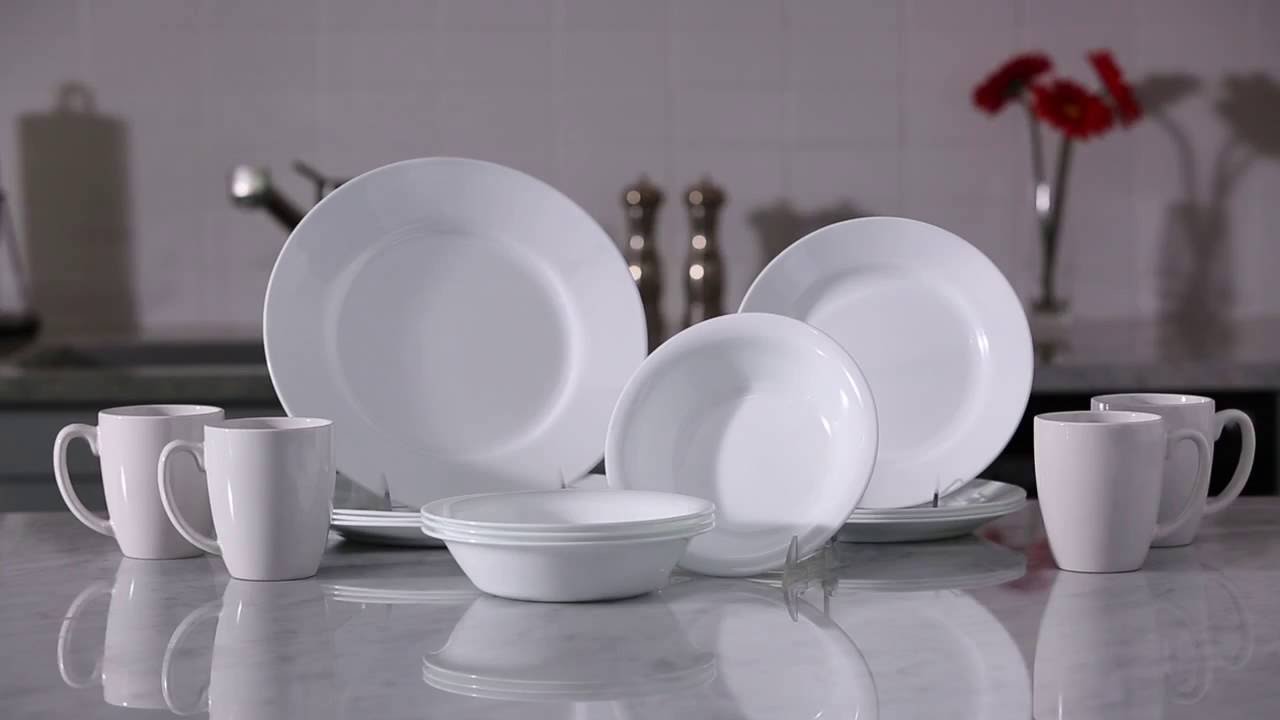
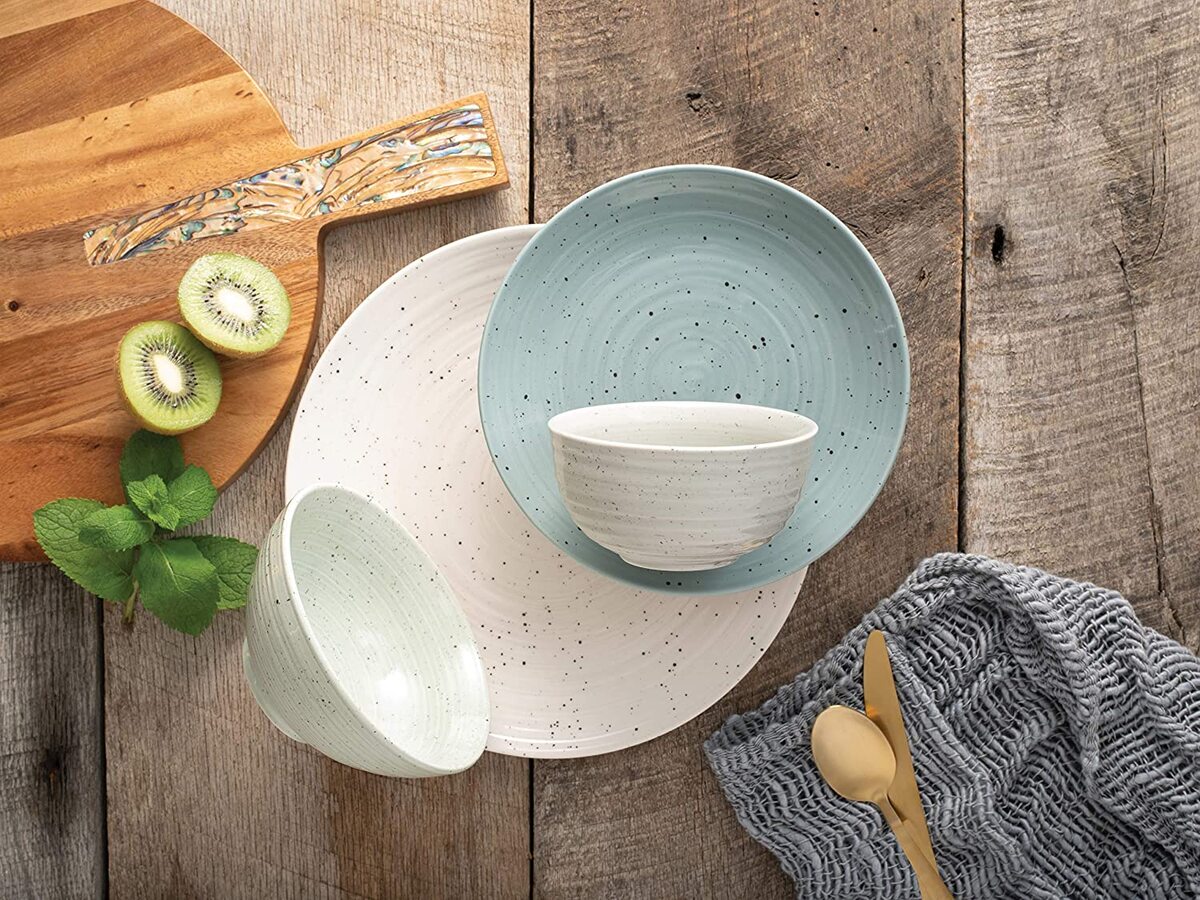
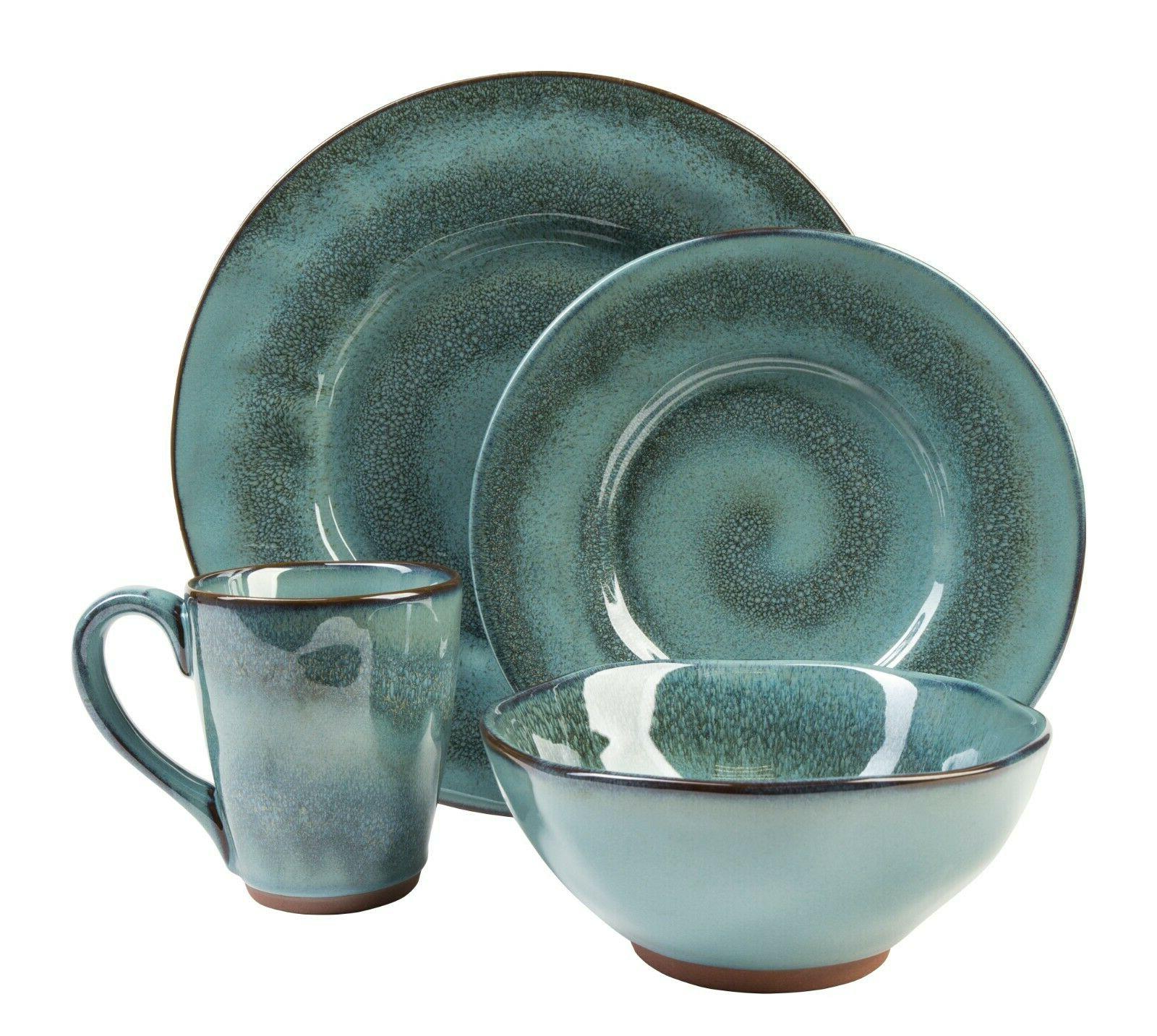
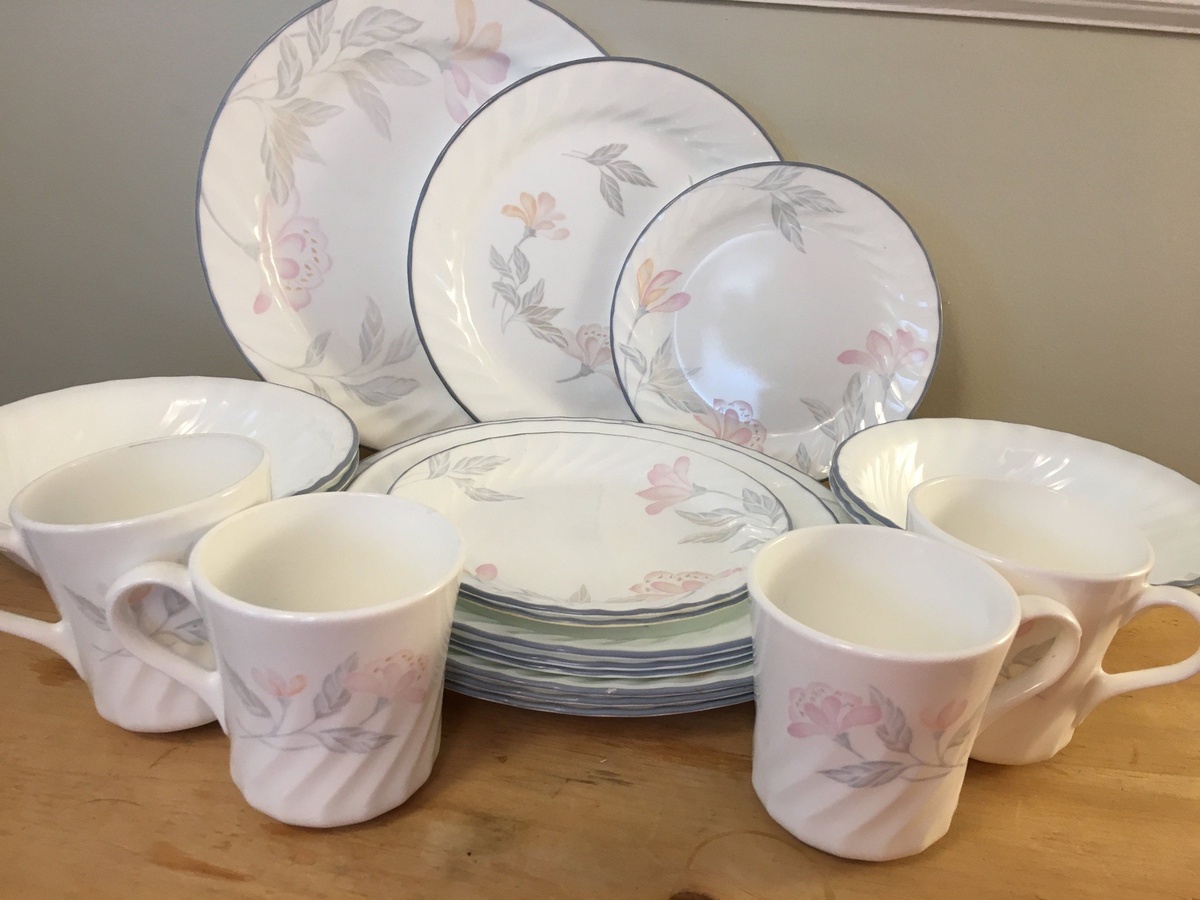
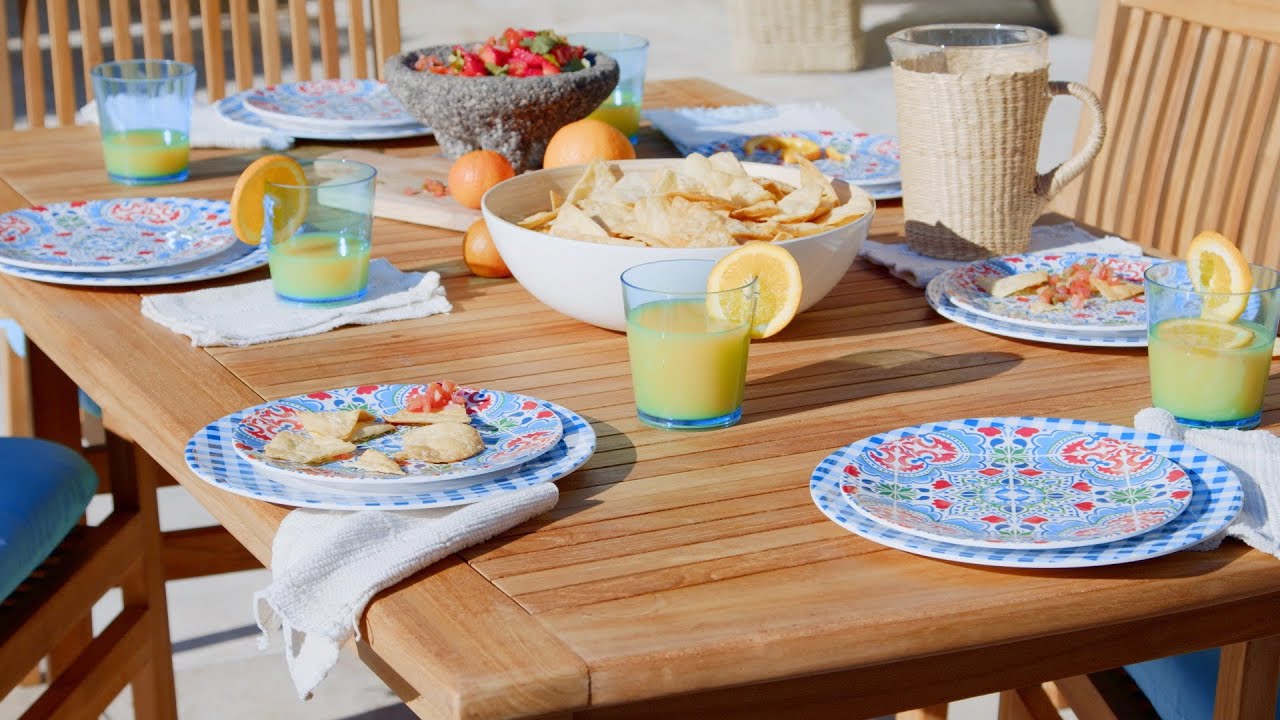
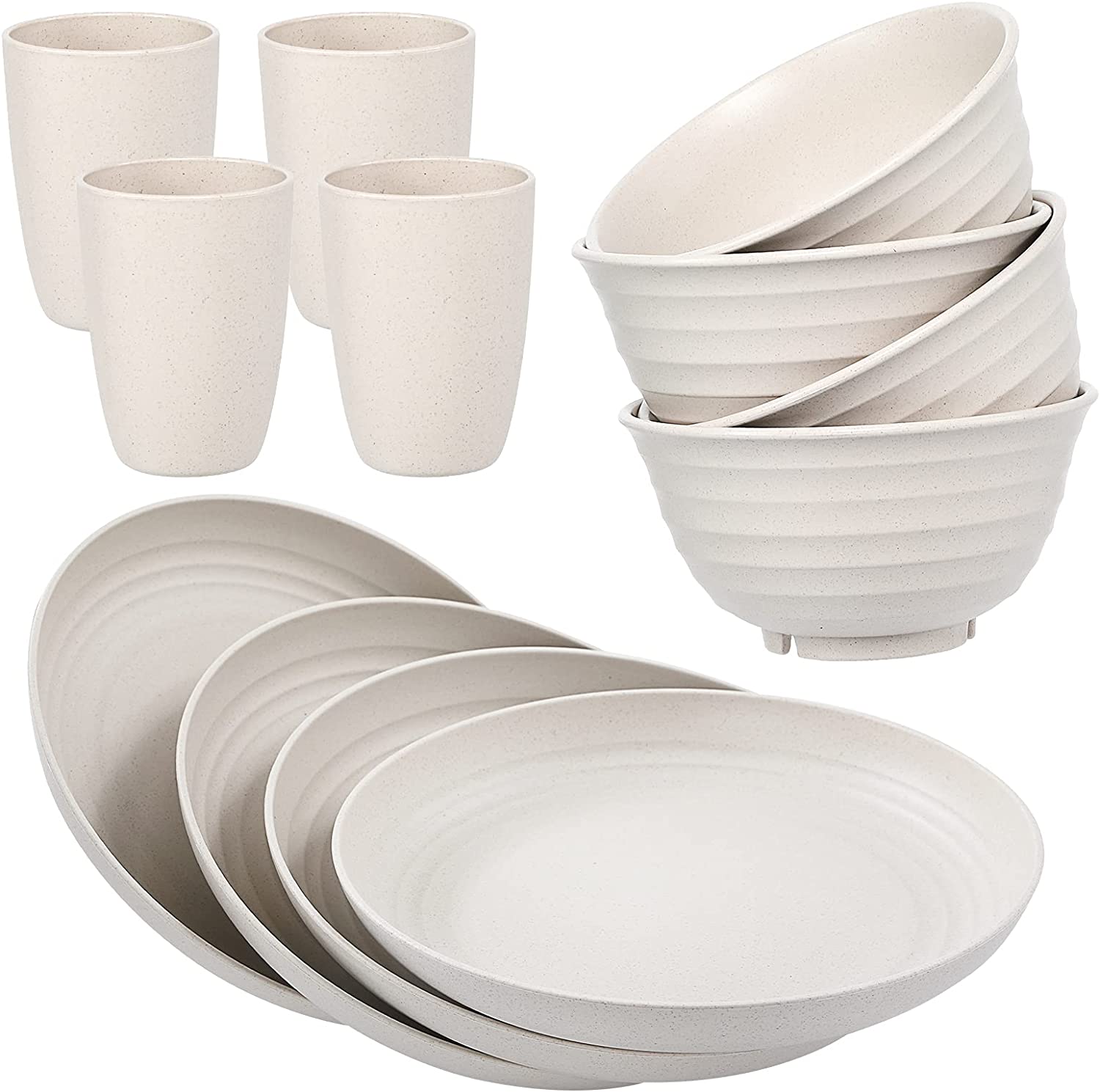
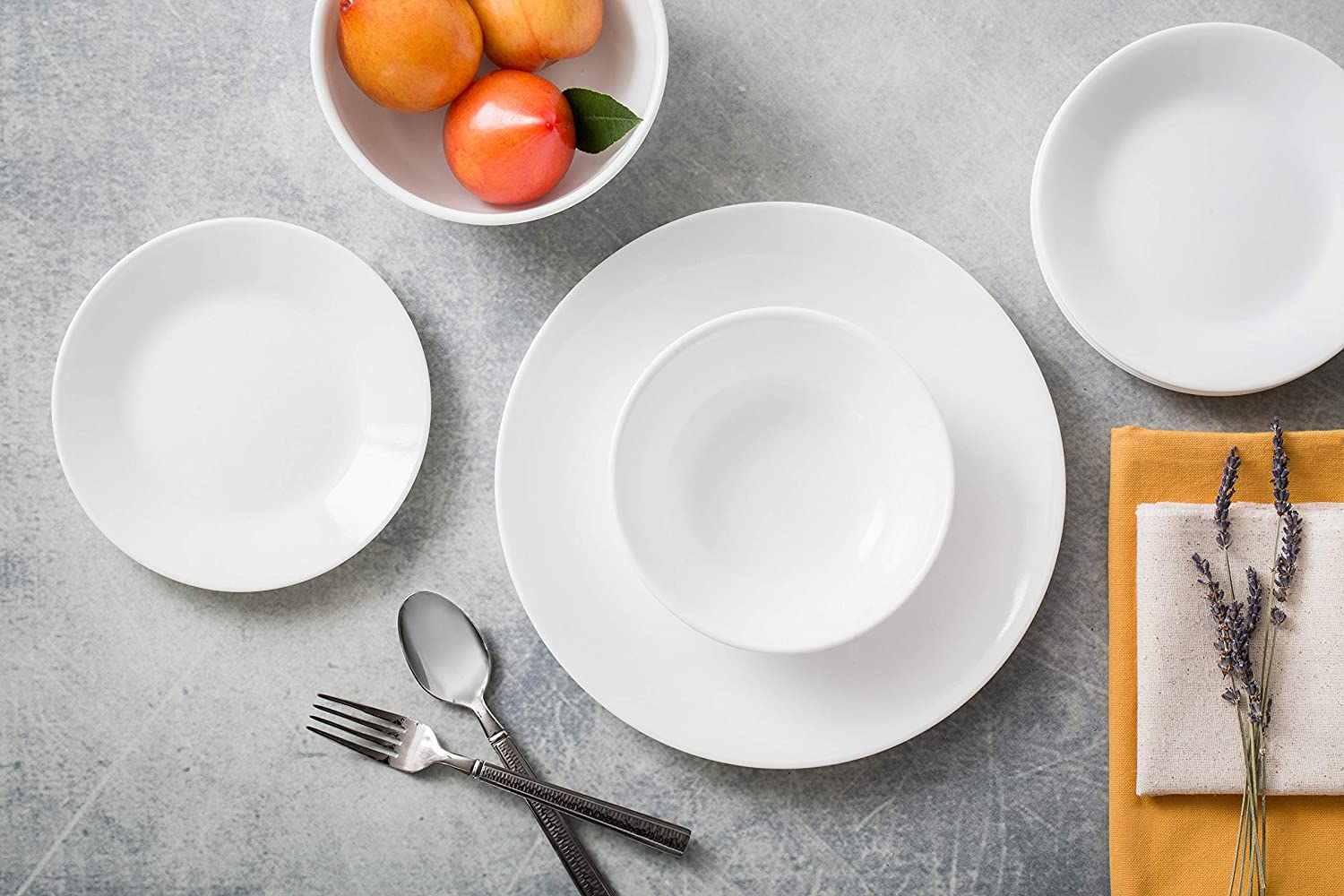
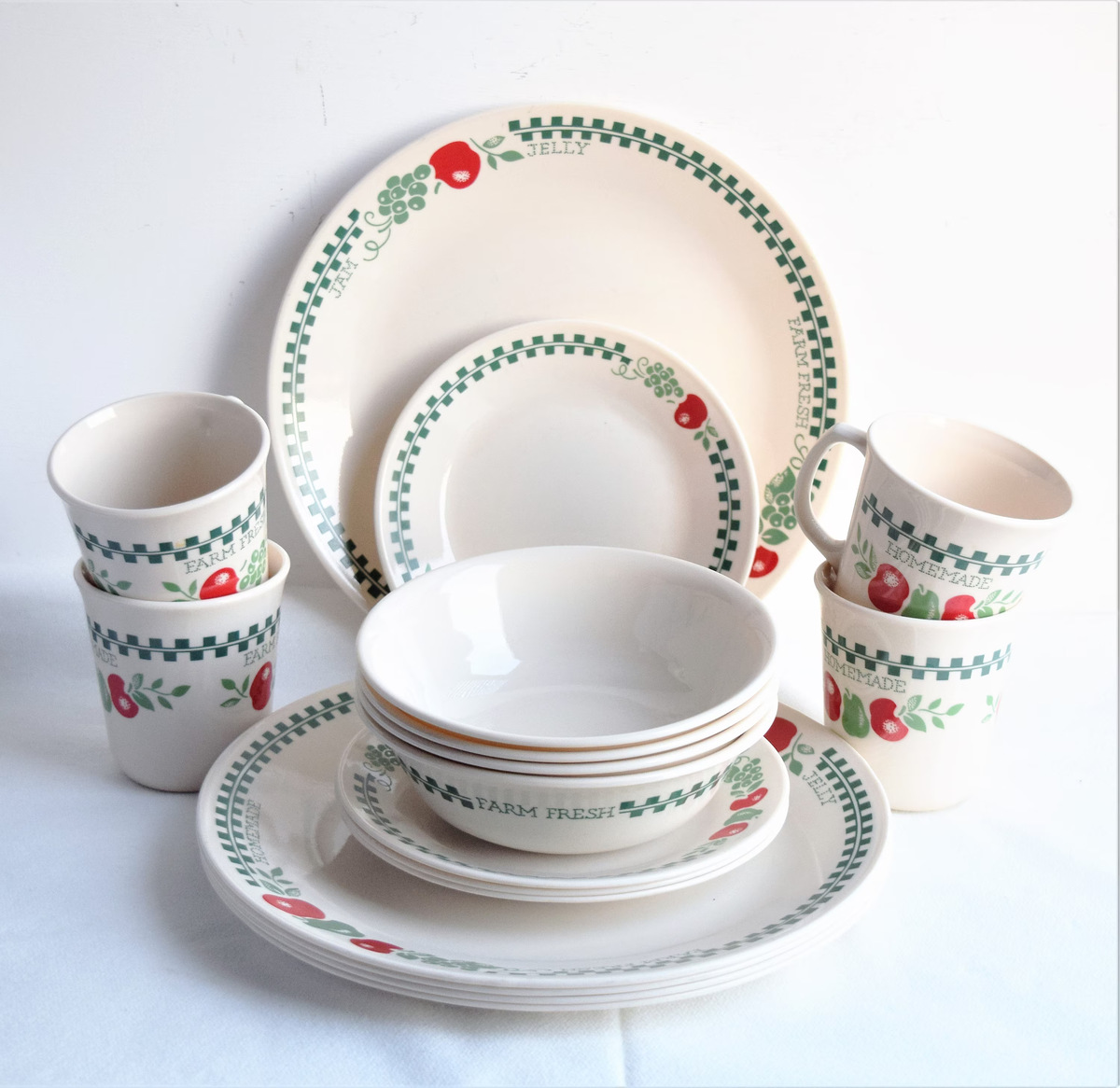
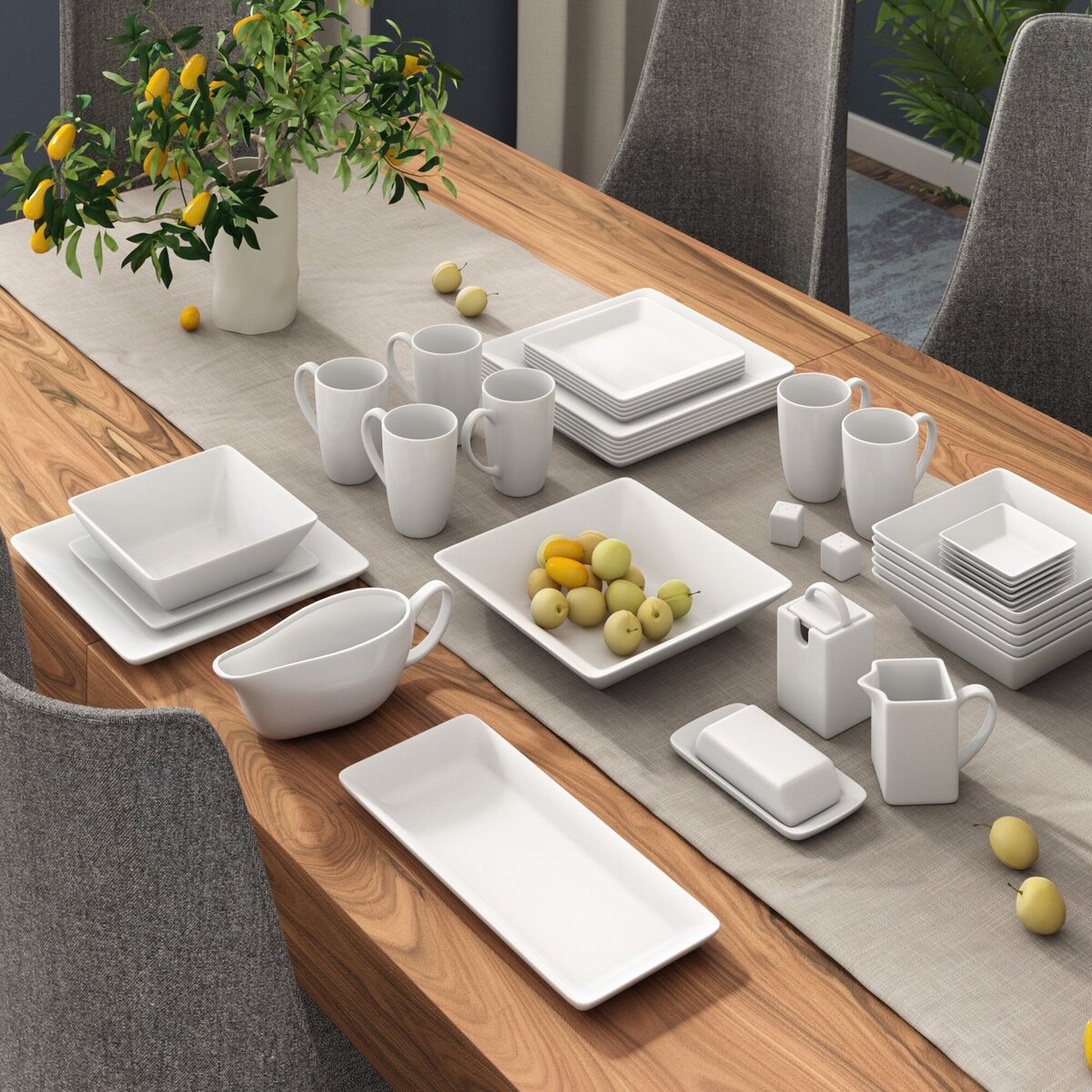
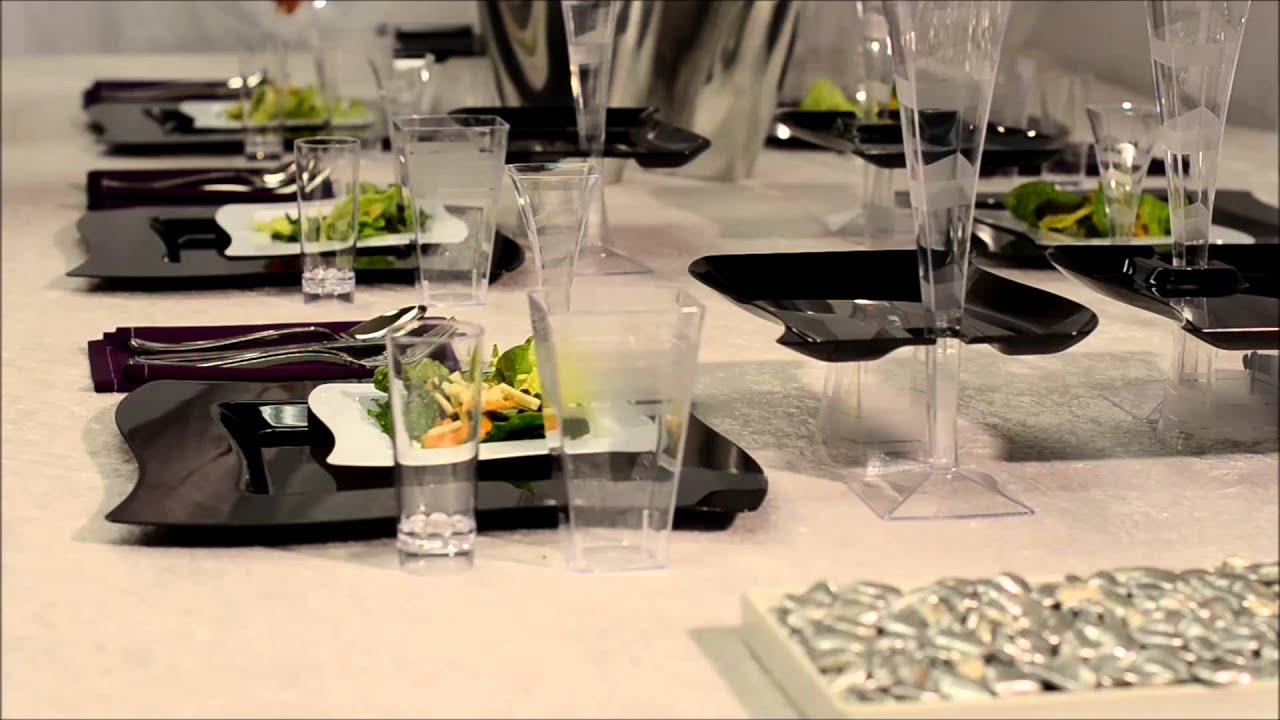
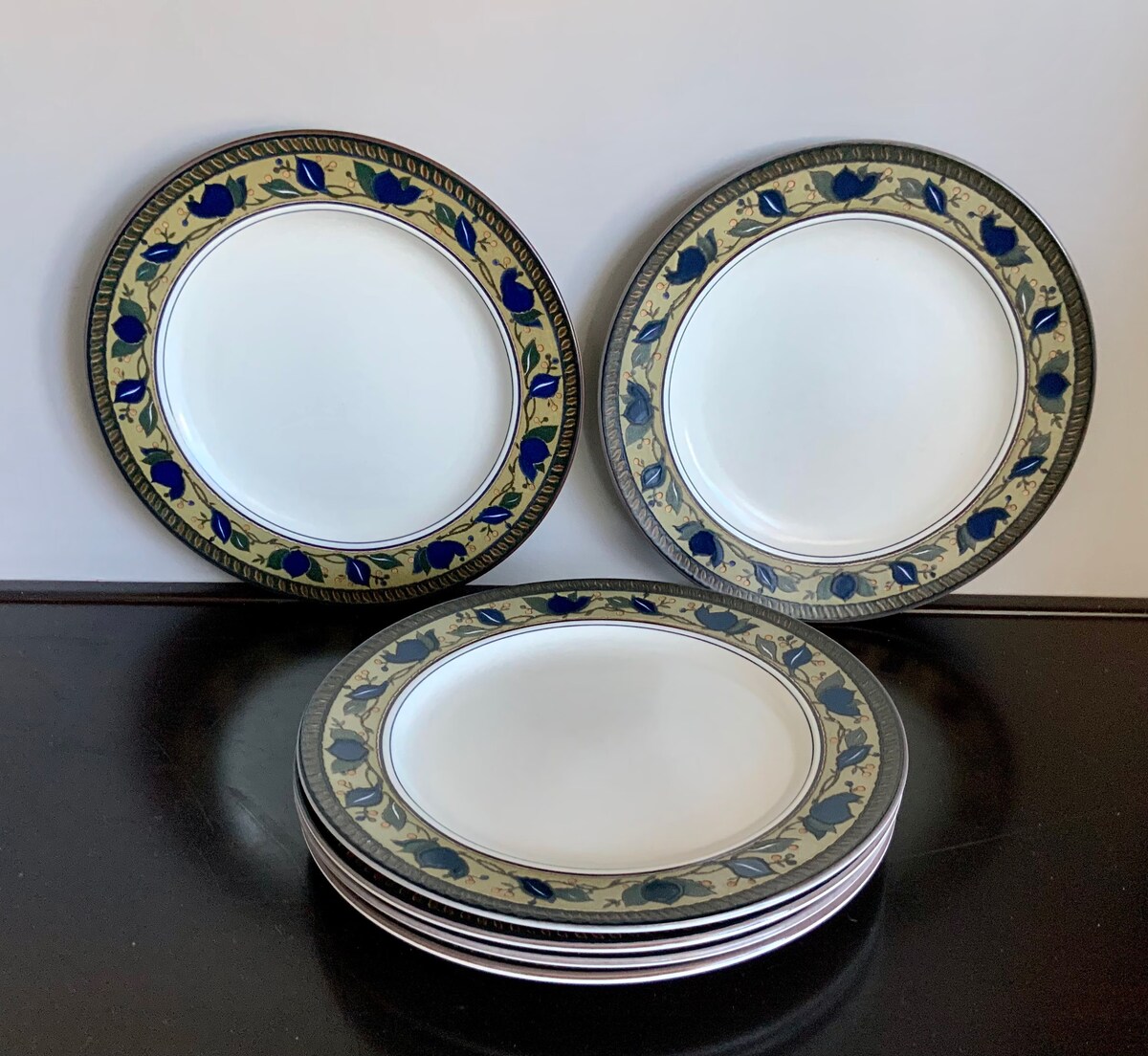

0 thoughts on “What Is Dinnerware?”